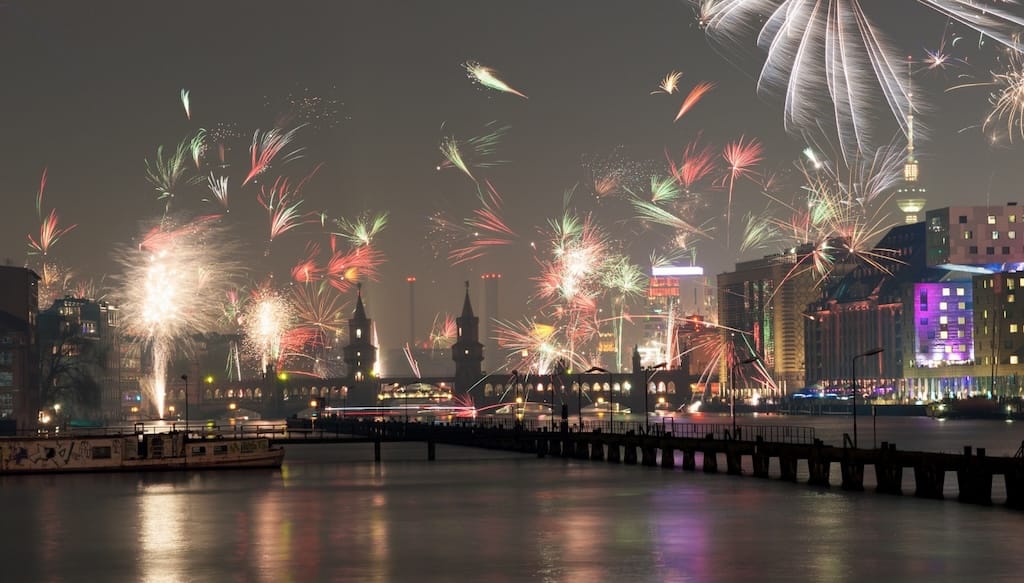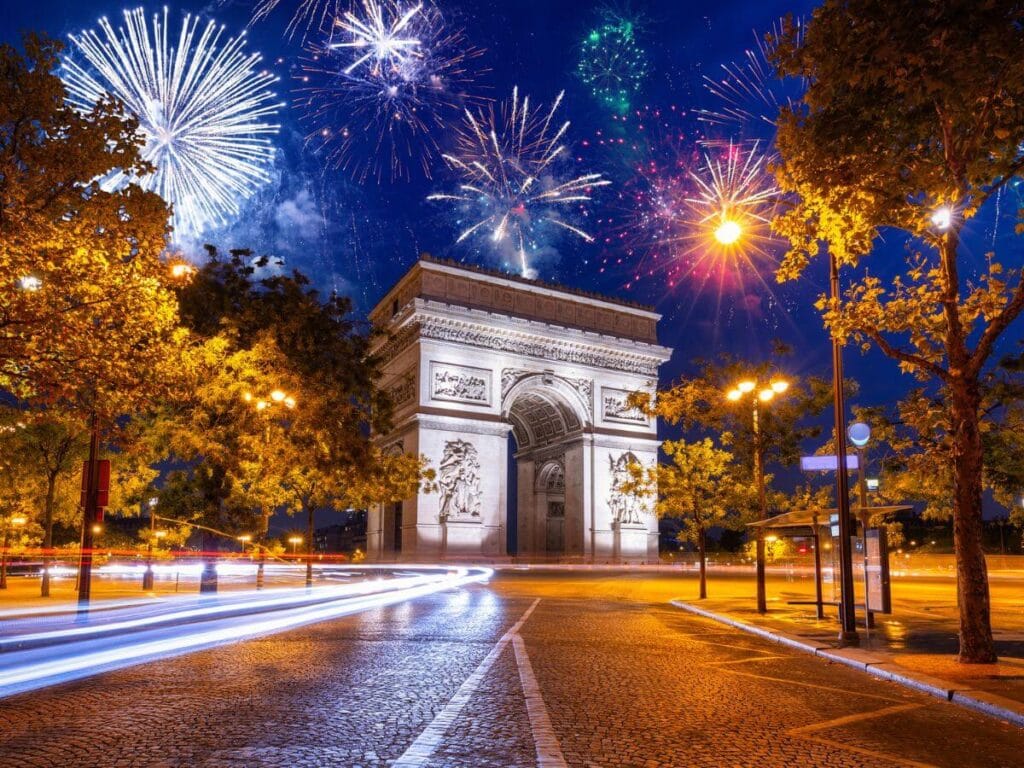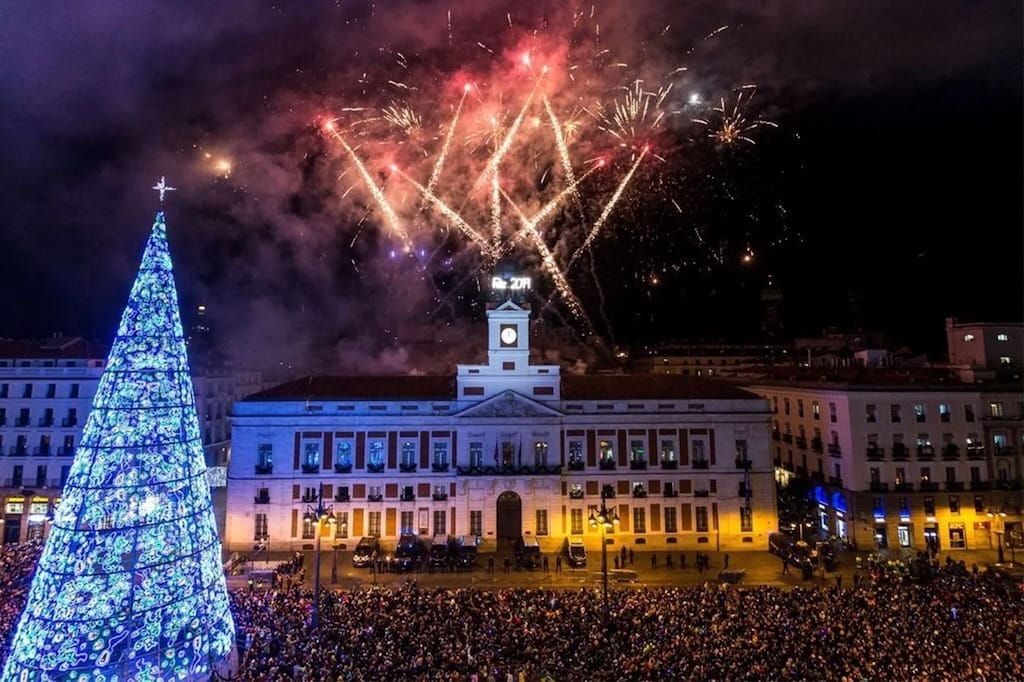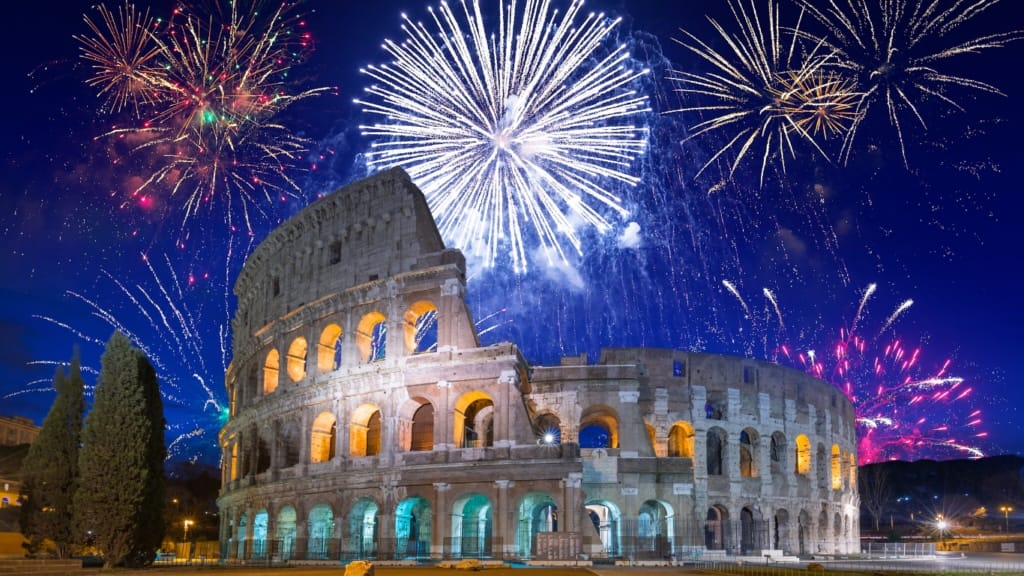New Years in Europe
Festivities in Europe: Welcoming the New Year with Tradition and Cheer
Celebrations form an integral part of European culture. They create an avenue to honor traditions, build community spirit, and welcome new beginnings. One of the most important days for such festivities is the changeover from December 31 to January 01, wrapped up in New Year's Eve and New Year's Day celebrations.
This period is marked by diverse customs and events that truly highlight the rich tapestry of culture that Europe stands for. In this article, we will explore some of the most striking celebrations in various European countries, detailing their significance and traditional activities.
Overview of the Day's Significance
The transition from December 31 to January 01 is a time of celebration and reflection. It marks the end of one year and the beginning of another, symbolizing renewal, hope, and new opportunities. During this period, Europe celebrates through various customs and festivities, ranging from grand fireworks displays to intimate family gatherings. This blend of ancient traditions and modern practices brings a unique vibrancy to the holidays.
Celebrations by Country
🇩🇪 Germany: Silvester and Neujahr
- Location: Nationwide
- Unique Features: Fireworks, open-air parties, New Year's Day "Bleigiessen"
Name of the Celebration: Silvester (New Year's Eve) and Neujahr (New Year's Day)
Country and Region: Germany
Historical Background and Cultural Significance: Silvester is named after Saint Sylvester, whose feast day falls on December 31. The celebrations are a mix of religious observances and secular festivities to bid farewell to the old year and welcome the new one.

Typical Activities: Germans celebrate Silvester with fireworks, public parties, or gatherings with friends and family. One of the traditions is "Bleigiessen," where melted lead is poured into cold water, and the shapes that appear are interpreted to predict what the coming year will bring. People usually spend Neujahr quietly, recovering from the night before, visiting relatives, and exchanging good wishes for the new year.
Interesting Facts: Germans also enjoy watching the British comedy sketch "Dinner for One" on New Year's Eve, a tradition that has become a cult favorite.
🇫🇷 France: Le Réveillon de la Saint-Sylvestre
- Location: Nationwide
- Unique Features: Banquet dinners, champagne toast, "Galette des Rois"
Name of the Celebration: Le Réveillon de la Saint-Sylvestre (New Year's Eve) and Nouvel An (New Year's Day)
Country and Region: France
Historical Background and Cultural Significance: The celebrations include secular as well as religious traditions. They are highly family- and community-oriented, with a great focus on the Réveillon dinner on New Year's Eve.

Typical Activities: New Year's Eve is spent dining with family and friends at a sumptuous Réveillon dinner that includes delicacies like foie gras, oysters, and champagne. At midnight, people toast the new year with champagne. On New Year's Day, many French people enjoy "Galette des Rois," a special cake celebrating Epiphany.
Interesting Facts: Inside the "Galette des Rois" is a small figurine called a "fève." Whoever gets the piece with the "fève" is declared "king" or "queen" for the day.
🇬🇧 United Kingdom: Hogmanay and New Year's Day
- Location: Scotland and UK-wide
- Unique Features: Street parties, "first-footing," Edinburgh Hogmanay
Name of the Celebration: Hogmanay (New Year's Eve) and New Year's Day
Country and Region: United Kingdom (Scotland and nationwide)
Historical Background and Cultural Significance: Hogmanay is Scotland's famous New Year's Eve celebration, with roots in ancient winter solstice festivals. It is known for its grand festivities and unique customs.

Typical Activities: Hogmanay is marked by street parties, fireworks, and concerts, with Edinburgh hosting one of the largest celebrations in Europe. A traditional activity is "first-footing," where the first person to enter a home after midnight brings good luck for the new year. On New Year's Day, families gather for meals and outdoor activities.
Interesting Facts: Hogmanay's origins can be traced back to Viking celebrations of the winter solstice, and many of its customs reflect these ancient traditions.
🇪🇸 Spain: Nochevieja and Año Nuevo
- Location: Nationwide
- Unique Features: "Las Uvas" grape-eating tradition, fireworks, street parties
Name of the Celebration: Nochevieja (New Year's Eve) and Año Nuevo (New Year's Day)
Country and Region: Spain
Historical Background and Cultural Significance: Nochevieja is a festive celebration that blends tradition and modernity, strongly representing Spain's rich cultural heritage.

Typical Activities: Spaniards gather on New Year's Eve with family and friends to share a special dinner. The most popular tradition is "Las Uvas," where at midnight, people eat twelve grapes, one with each toll of the clock, representing good luck for each month of the coming year. Fireworks and street parties follow, continuing into the early hours. New Year's Day is spent with family gatherings and relaxation.
Interesting Facts: The "Las Uvas" tradition likely dates back to the early 20th century as a way to use up surplus grapes from the harvest.
🇮🇹 Italy: La Festa di San Silvestro and Capodanno
- Location: Nationwide
- Unique Features: Feast meals, "Lenticchie e cotechino," fireworks
Name of the Celebration: La Festa di San Silvestro (New Year's Eve) and Capodanno (New Year's Day)
Country and Region: Italy
Historical Background and Cultural Significance: The celebrations are named after Saint Sylvester, whose feast day is on December 31. The festivities combine religious observances with secular customs.

Typical Activities: On New Year's Eve, Italians gather with friends and family for a festive dinner featuring traditional dishes such as "lenticchie e cotechino" (lentils and pork sausage), believed to bring good luck. Later in the night, fireworks and public celebrations take place. On New Year's Day, people visit relatives, attend church services, and exchange good wishes for the coming year.
Interesting Facts: The lentils served on New Year's Eve are said to symbolize money and wealth for the coming year due to their coin-like shape.
Conclusion
The celebrations on December 31 and January 01 across Europe highlight the continent's rich cultural diversity and shared commitment to welcoming the new year with joy and hope.
From Germany's Silvester festivities to France's Réveillon dinners, and from Scotland's Hogmanay parties to Spain's "Las Uvas" tradition, these events foster community spirit and cultural identity. As Europeans come together to celebrate this significant period, they honor their historical and cultural heritage, creating lasting memories and strengthening bonds of unity and goodwill.